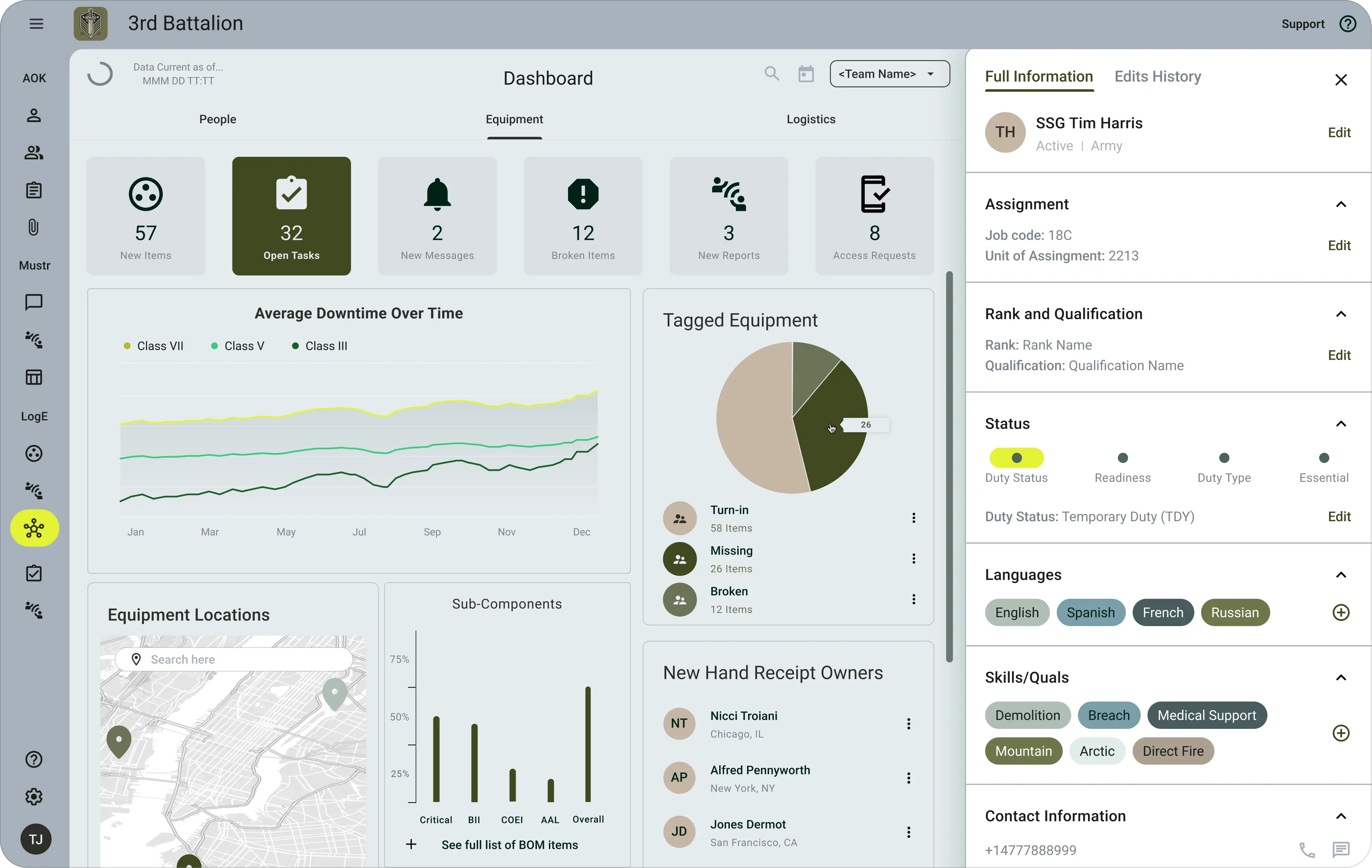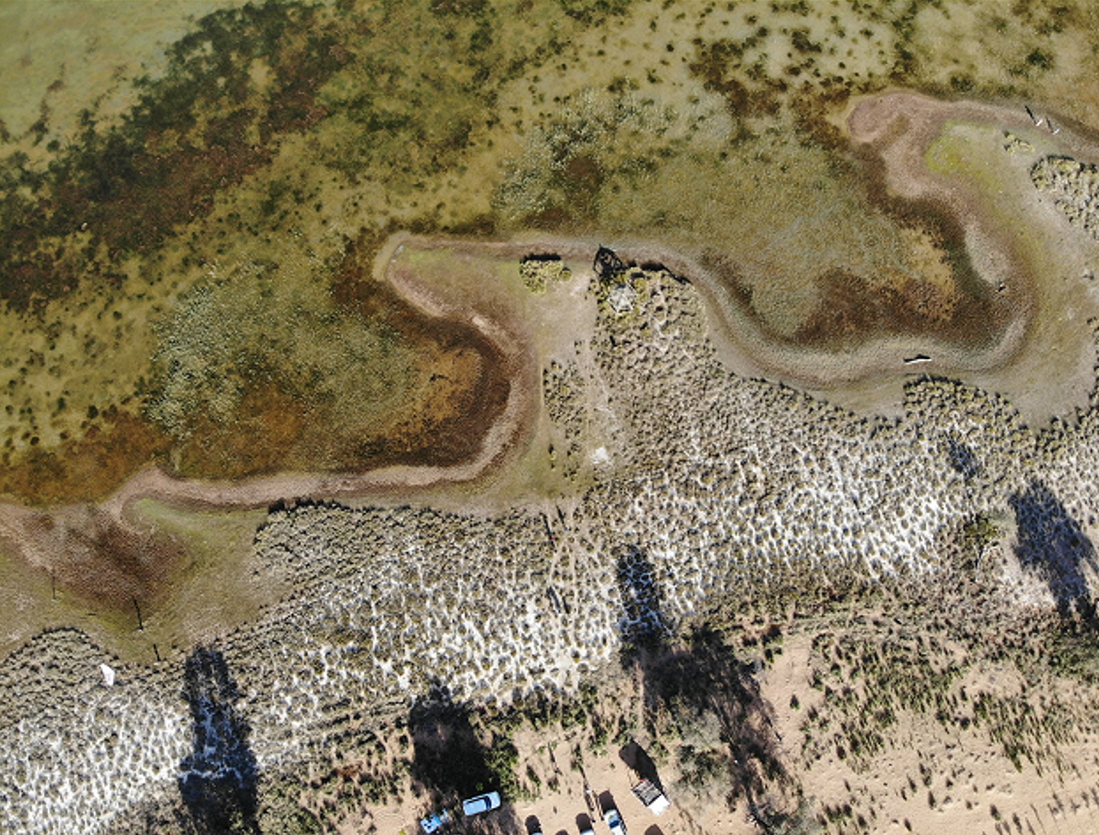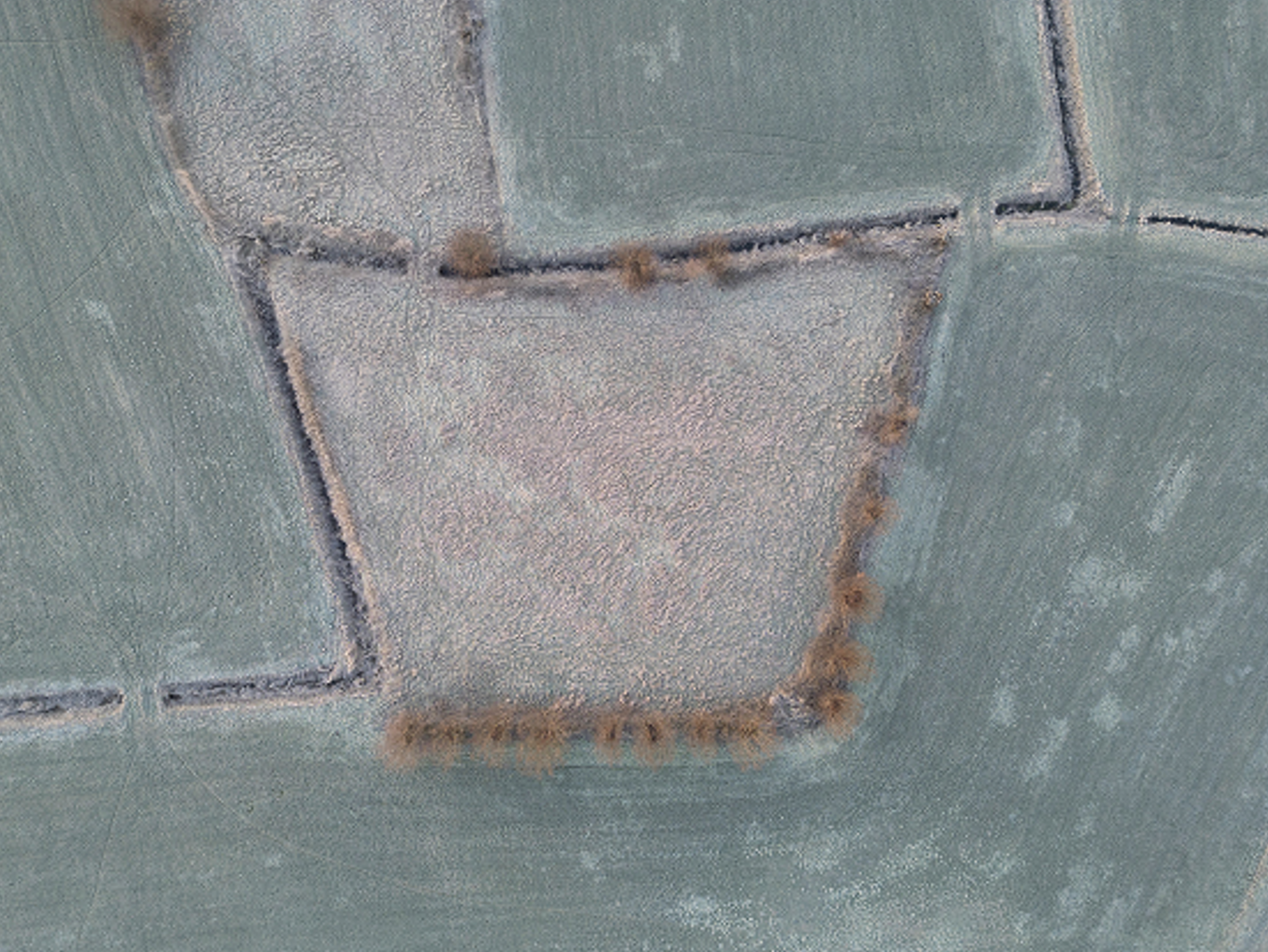When it comes to achieving software accreditation with the U.S. Department of Defense (DOD), delivering at the speed of relevance is critical. Our team at Adyton has honed a rigorous process grounded in decades of experience, helping our prospective DOD clients efficiently navigate the complex landscape of compliance and security. In this post, we’ll share some of the best practices our team of experts has developed over the years, providing you with a roadmap to accelerate your DOD compliance efforts while maintaining product quality and security.
Our background
Adyton’s commitment to excellence in software development is rooted in strong compliance foundations, including the NIST 800-53 cyber-security framework. With a combined 20+ years of compliance experience among our founders and team members, we have a deep understanding of the secure software requirements the DOD demands. Our expertise extends across multiple accreditation frameworks, including NIST SP800-53, FedRamp, CMMC, DoD SRG IL4, and our products are engineered to align with key US federal security controls, like NIST 800-53r4, and data protection standards, such as CNSSI 1253.
Our systems are designed with flexibility in mind—supporting private clouds, government clouds, and on-premises solutions. This means you can choose the infrastructure that best suits your organization while maintaining compliance and enhancing security. It also means we can deliver solutions that save time and reduce friction for the enterprise.
Best practices to achieve software compliance with the DOD
Understand requirements and risks in extreme detail
The first step in any successful accreditation effort is a deep understanding of the requirements. By investing time upfront to understand these requirements, you can avoid costly rework down the line. This involves not only reading, interpreting, and applying the standards but also engaging with DOD stakeholders to clarify expectations and ensure there is no room for ambiguity. Building on this shared understanding of requirements, risk and gap assessments help inform the right decisions and tradeoffs. A thorough risk/benefit analysis will ensure your team makes the right investments for purpose-built features that will streamline accreditation and certification efforts.
Be secure by design
Achieving robust security through a well-designed architecture requires applying systematic risk assessment and threat modeling. A “secure by design” approach ensures security measures proactively discover and address risks during development and before they arise in production systems. By identifying and mitigating threats, the architecture becomes resilient to both known and emerging risks. Embedding security controls from the start, rather than as an afterthought, aligns with your organization's risk tolerance and ensures a more secure system.
Leverage the highest levels of modern DevSecOps practices
DevSecOps is not just a buzzword; it is now becoming the norm. By integrating security into every phase of the development process, from planning to deployment, you can ensure that your software is both secure and compliant from the start. This not only speeds up the accreditation process but also enhances the overall quality of your product.
Maintain robust security pipelines
A strong security pipeline with provable metrics is essential for continuous compliance. This includes automated security testing, regular code reviews, and the integration of security tools into your CI/CD pipeline. By maintaining a focus on security throughout the development lifecycle, you can identify and address potential issues before they become problems.
Continuous monitoring and reporting is essential
Accreditation is not a one-time effort; it’s an ongoing process. Continuous monitoring and reporting are key to maintaining compliance and staying ahead of potential threats. By implementing automated monitoring tools and establishing clear reporting protocols, you can ensure that your software remains secure and compliant over time.
Collaboration with DOD stakeholders aids in streamlining work
Building strong relationships with DOD stakeholders, at both user and headquarters levels, is crucial for a smooth accreditation process. Research the ecosystem of DOD software factories to find which one would be the best partner for your software. Regular communication and collaboration can help you stay aligned with their expectations and address any concerns before they become roadblocks. This collaborative approach also fosters a sense of trust and transparency, which is invaluable during the accreditation process.
Execute rigorous penetration testing, audits, and reviews
Regular penetration testing, audits, and reviews are essential components of a robust security strategy. These practices not only help you identify vulnerabilities but also demonstrate your commitment to security and compliance. Maintaining a comprehensive risk registry alongside these activities ensures that identified risks are documented, tracked, and managed over time. By embracing these activities as opportunities for improvement rather than as burdens, you can ensure that your software meets the highest standards of security and quality.
Our vision: Leading the charge in secure mobile products for the DOD
At Adyton, our vision is to lead in developing secure mobile products for the DOD, driven by our unwavering commitment to security, compliance, and continuous improvement. This dedication shapes both our daily operations and long-term strategy. As technology advances and threats grow more sophisticated, we are committed to staying at the forefront by applying emerging security capabilities such as AI-informed threat detection, zero-trust architectures including context based trust, quantum cryptography, “backward secrecy”, and blockchain-based authentication. These cutting-edge technologies are redefining cybersecurity and offering advanced protection against evolving threats.
We are setting new benchmarks for high-quality, secure, and compliant defense technology. The journey toward software accreditation with the DOD is challenging but incredibly rewarding, and is about much more than simply meeting compliance standards. It’s about fostering a culture of continuous improvement, intentional investment, and security excellence that elevates our products and our company.
At Adyton, we are committed to being brilliant at the basics, paving the way for a more secure future in defense technology. Incorporating these best practices into your accreditation efforts can help you navigate the complex landscape of DOD software development with confidence. By focusing on understanding requirements, making a conscious decision to be “secure by design”, leveraging modern DevSecOps practices, maintaining robust security pipelines, and fostering collaboration with DOD stakeholders, you can accelerate your own accreditation efforts.
We have some exciting compliance news to share in the coming weeks, so stay tuned!
.png)















































